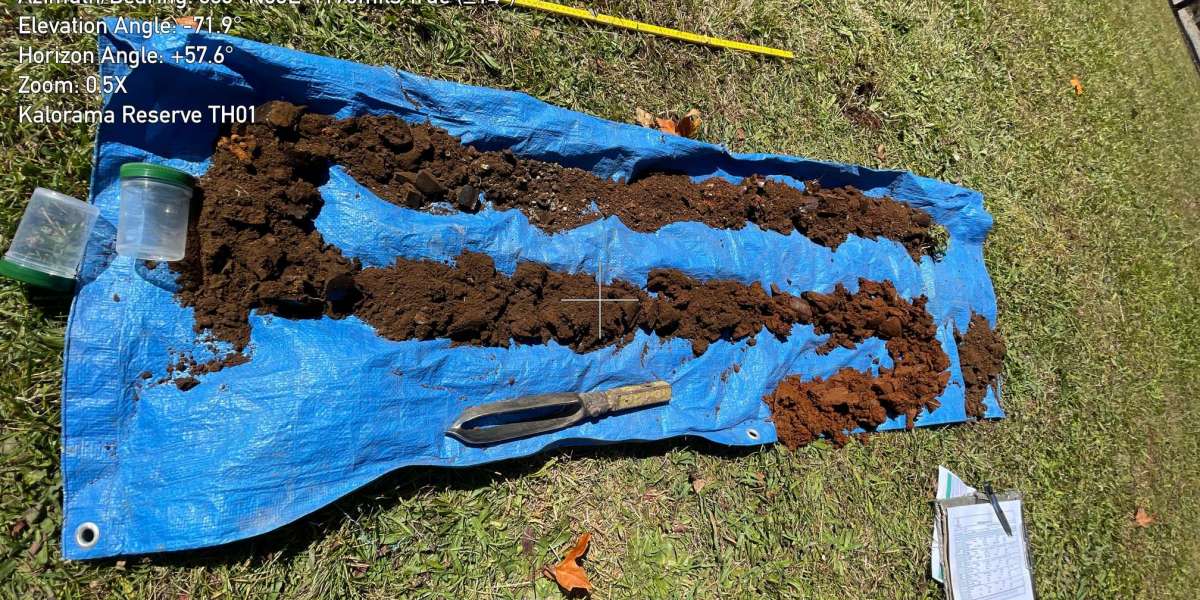Land capability assessments (LCAs) are essential evaluations that determine the suitability of a specific parcel of land for various uses, including agricultural activities, building developments, and waste disposal systems like septic tanks. In Victoria, these assessments play a critical role in ensuring sustainable land use, environmental protection, and public health. This article delves into the importance of LCAs, focusing on septic Land capability assessments in Victoria.
What is a Land Capability Assessment?
A Land Capability Assessment is a scientific evaluation conducted to determine the suitability of a piece of land for a particular purpose, such as residential development, agriculture, or waste management. The assessment considers various factors, including soil type, topography, climate, vegetation, and water availability. The goal is to identify the land's potential constraints and capabilities to guide its optimal and sustainable use.
In Victoria, LCAs are particularly important for developments that require the installation of on-site wastewater management systems, such as septic tanks. These assessments ensure that the land can safely accommodate and manage wastewater without causing environmental harm or posing risks to public health.
The Importance of Septic Land Capability Assessments
Septic land capability assessments are a specialized form of LCAs that focus on determining the suitability of land for installing and operating septic systems. Septic systems are used in areas where a centralized sewage system is unavailable, typically in rural or semi-rural locations. These systems treat and dispose of household wastewater on-site, making it crucial to assess whether the land can support this function.
The primary objectives of a septic land capability assessment include:
Protecting Public Health: A poorly sited or designed septic system can lead to wastewater surfacing, contaminating drinking water sources, and spreading harmful pathogens. An LCA ensures that the septic system is located where it can function properly and safely.
Environmental Protection: Inappropriate disposal of wastewater can lead to soil and water pollution, damaging ecosystems and biodiversity. A septic LCA evaluates the land's ability to absorb and filter wastewater without adversely affecting the environment.
Compliance with Regulations: In Victoria, local councils require LCAs as part of the planning and building permit process for developments that involve septic systems. These assessments ensure compliance with state and local regulations, reducing the risk of legal issues and fines.
Sustainable Land Use: A septic LCA helps determine the most appropriate land use, ensuring that the land is utilized in a way that is sustainable and does not degrade its long-term value.
Components of a Septic Land Capability Assessment
A Septic Land Capability Assessment in Victoria typically involves several key components:
Soil Analysis: The soil's physical and chemical properties are analyzed to determine its ability to absorb and treat wastewater. This includes assessing soil texture, structure, permeability, and nutrient levels.
Topographical Assessment: The land's slope and drainage patterns are evaluated to ensure that the septic system will not be prone to flooding or erosion. Steep slopes can lead to wastewater runoff, while flat areas may have poor drainage.
Climate Considerations: The area's climate, including rainfall patterns and temperature, is considered to determine how these factors might affect the septic system's performance. High rainfall can lead to waterlogging, while extreme temperatures can impact bacterial activity in the septic tank.
Vegetation and Land Cover: The existing vegetation and land cover are assessed to understand their impact on soil stability, water absorption, and overall site suitability. Vegetation can also play a role in helping to absorb and filter wastewater.
Hydrological Assessment: The proximity to water bodies, groundwater levels, and the potential for groundwater contamination are critical factors in determining whether a site is suitable for a septic system.
Site Suitability and Risk Assessment: The LCA concludes with a risk assessment, identifying potential issues and recommending mitigation measures. This helps in designing a septic system that is safe, effective, and compliant with regulatory standards.
The Process of Conducting a Septic LCA in Victoria
Conducting a septic land capability assessment in Victoria involves several steps:
Site Visit and Data Collection: A qualified assessor visits the site to collect soil samples, take measurements, and observe the land's physical characteristics.
Laboratory Testing: Soil samples are sent to a laboratory for analysis, where their physical and chemical properties are tested.
Data Analysis and Reporting: The collected data is analyzed, and a comprehensive report is prepared. This report includes the findings of the soil, topographical, and hydrological assessments, along with recommendations for the septic system's design and placement.
Submission to Local Council: The completed LCA report is submitted to the local council as part of the planning or building permit application. The council reviews the assessment to ensure it meets all regulatory requirements.
Conclusion
Septic land capability assessments are a vital part of the development process in Victoria, ensuring that septic systems are safely and sustainably integrated into the landscape. By conducting thorough LCAs, landowners and developers can protect public health, preserve the environment, and comply with local regulations. Whether you are planning a new development or upgrading an existing septic system, understanding the importance of septic land capability assessments is crucial for making informed decisions and achieving successful outcomes.








